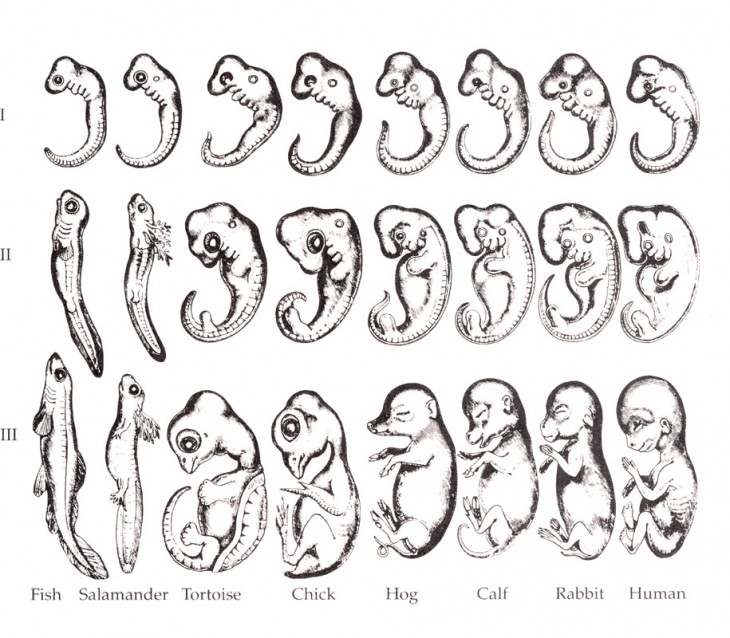Text – ON GROWTH AND FORM
D’ARCY WENTWORTH THOMPSON
ANALYSIS – This book was written in 1917 almost 100 years ago and I am personally trying to analyse the chapter on theory of transformations or comparison of related form. Since the fact that this book was written almost hundred years ago and the author has tried to explain the growth and form relating it with mathematical logic and how everything is originated or can be derived through a grid, just by laying a simple grid. And at that time nobody had even looked or even thought of breaking the things that exist in nature into simple geometry by the use of mathematics. This is same as the fact when a scientist/mathematician told the society of people that the earth is round and not flat which they used to believe earlier.
This book defines the interaction between the growth and the form and how both are interrelated to each other and how both affect each other when subjected to the different forces around them. This text tells us that in our definition of the shape of an object even if we try to define it scientifically or historically there has to be a mathematical order to it otherwise it cannot be categorised under shapes or forms. I personally like the fact that this book puts an attention towards mathematics and how it has the power to define even the smallest organic morphology. The perfect example to explain this would from a fact that in earlier days the crystals were just a natural minerals but as soon as a mathematical implication was applied to them they had a defined geometry and everybody accepted them because it was much organised precise and in order for them.
In this text the author has also explained how the shape of any object changes and how the forces weather they are static or dynamic have an effect on the change. The essential task for the author in this book is to examine or compare how forms of natural species are same but the deformation or the difference is just because of the forces that lead to the change. In his book he has even tried to manage to reproduce the exact part of the bone structure which was missing and he could do it only because there was a grid laid to the existing form and there was mathematical expression evolved out of it.
This book in general tries to define the transformations theoretically by two ways either by multiplicity or transformations through forces. In larger context looking at the nature, environment and all the species including the human beings this fact holds true that by multiplicity transformations do happen and I would personally say that human evolution from an ape to a human being existing in today’s world is the biggest example to prove it. The other transformation which occurs because of the forces subjected to it also occurs in the nature and the best example to define it would be the example of embryo. If we just take the example of a human embryo which is just an egg in the beginning and takes the gestation period of nine months to form into the shape of a normal human being is very similar to the embryo structure of the organisms such as fish, chicken, calf, pig and tortoise in the first stages of gestation which is between 0-3 months. These are the examples which set a basis for the transformation through multiplicity or forces.
Personal research topic
I would personally like to research on nature and forms in it as I am deeply fascinated by the fact that the nature which seems so complex to us and just so random sometimes is actually not random and it can be broken down into simpler and smaller geometry with the mathematical logic.

